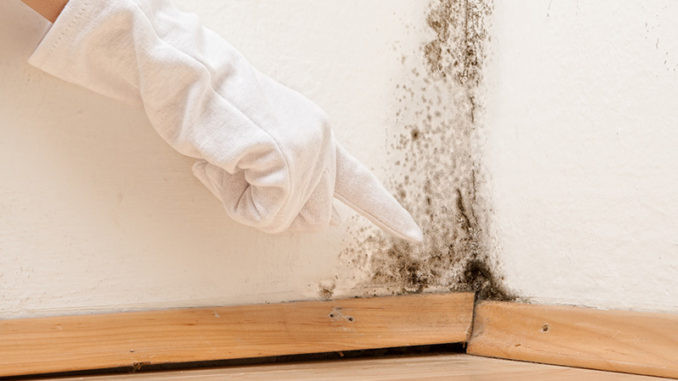Mold is a persistent problem that can lead to significant health issues and property damage if not addressed promptly. Understanding the essentials of mold prevention and removal is crucial for maintaining a healthy and safe home environment. This comprehensive guide will cover the key aspects of mold prevention and removal, offering practical tips and insights to keep your home mold-free.
Understanding Mold: The Basics
Mold is a type of fungus that thrives in damp, humid environments. It can grow on various surfaces, including walls, ceilings, carpets, and furniture. Common signs of mold include a musty odor, visible spots or stains, and increased allergic reactions among occupants. The presence of mold is not only unsightly but also poses health risks, especially for individuals with respiratory issues or weakened immune systems.
Prevention: The First Line of Defense
Preventing mold growth is the most effective way to protect your home and health. Here are some essential prevention tips:
- Control Humidity Levels: Keep indoor humidity levels below 60% by using dehumidifiers, especially in basements, bathrooms, and kitchens. Installing a whole-home dehumidifier can provide consistent humidity control throughout your home.
- Ensure Proper Ventilation: Good airflow is critical in preventing mold. Use exhaust fans in bathrooms and kitchens, and open windows when weather permits. Make sure your home’s HVAC system is well-maintained and functioning correctly.
- Fix Leaks Promptly: Water leaks from roofs, windows, pipes, and other sources should be repaired immediately. Even small leaks can create an ideal environment for mold growth.
- Dry Wet Areas Quickly: After any water exposure, such as spills, leaks, or flooding, dry the affected areas within 24-48 hours. Use fans and dehumidifiers to speed up the drying process.
- Clean and Repair Gutters: Ensure that gutters are clean and free-flowing to prevent water from seeping into your home. Redirect downspouts away from the foundation to avoid water pooling around your home.
- Use Mold-Resistant Products: When renovating or building, consider using mold-resistant drywall, paint, and insulation. These products are designed to withstand high moisture levels and prevent mold growth.
Identifying Mold: Early Detection is Key
Regular inspections can help you detect mold early and prevent it from spreading. Here are some steps to identify mold:
- Visual Inspection: Look for discoloration, stains, or fuzzy growths on walls, ceilings, and other surfaces. Mold can be black, green, white, or other colors.
- Smell Test: A persistent musty odor often indicates mold presence, even if it’s not visible.
- Monitor Health Symptoms: Increased allergic reactions, such as sneezing, coughing, or skin irritation, can be a sign of mold exposure.
Removal: Tackling Mold Safely and Effectively
If you discover mold in your home, it’s crucial to remove it promptly and safely. Here are the steps to effectively remove mold:
- Personal Protection: Wear protective gear, including gloves, goggles, and an N95 mask, to avoid exposure to mold spores.
- Contain the Area: Seal off the affected area with plastic sheeting to prevent mold spores from spreading during the cleaning process.
- Clean with Appropriate Products: Use mold-specific cleaning solutions or a mixture of water and detergent. For porous materials like drywall or carpet, it may be necessary to remove and replace the affected sections.
- Dry the Area Thoroughly: After cleaning, ensure the area is completely dry to prevent mold from returning. Use fans and dehumidifiers to aid in the drying process.
- Dispose of Contaminated Materials: Safely dispose of any materials that were heavily contaminated with mold.
Professional Help: When to Call the Experts
While minor mold problems can often be handled by homeowners, significant infestations require professional intervention. Consider calling a mold remediation specialist if:
- The affected area is larger than 10 square feet.
- Mold has penetrated HVAC systems or hard-to-reach areas.
- You or your family members experience severe health symptoms related to mold exposure.
- You’re unsure about the extent of the mold problem or the best removal methods.
Conclusion
Mold prevention and removal are vital for maintaining a healthy home environment professional help ensures thorough and safe remediation, giving you peace of mind and a mold-free home. Stay vigilant, and take action at the first sign of mold to keep your living space safe and comfortable.





